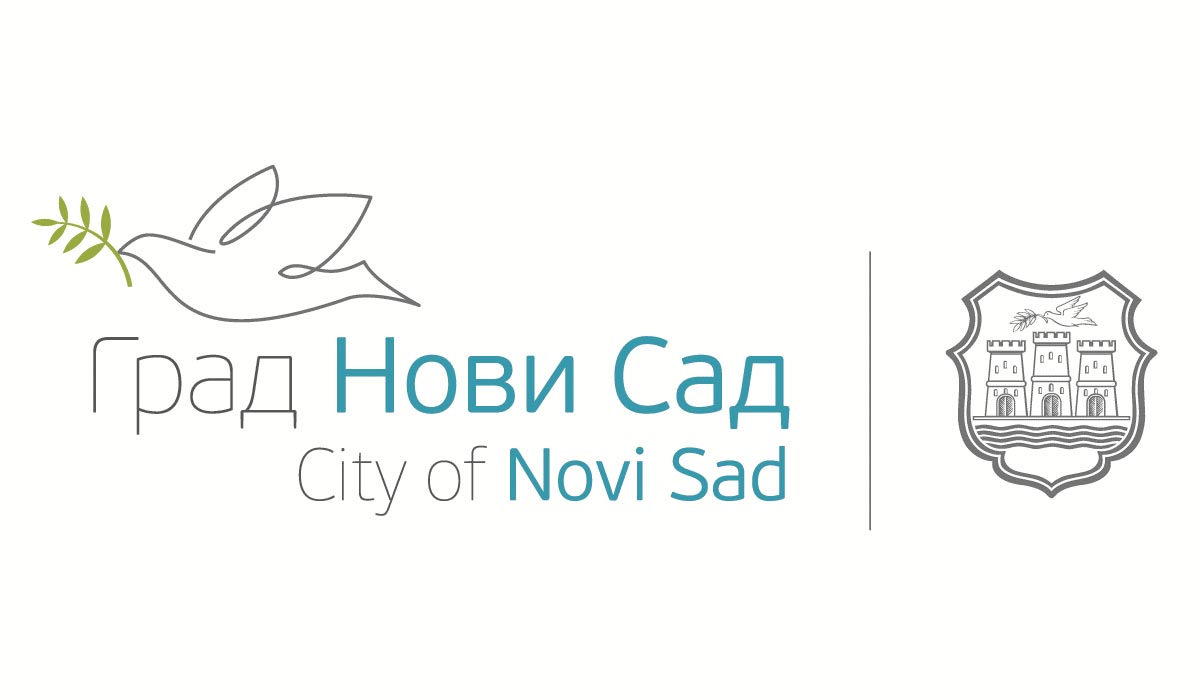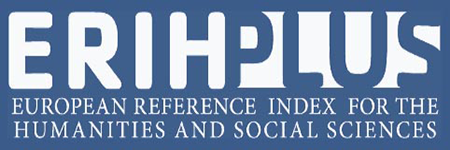MOCKING NATION BUILDING AND IDENTITY. AN ANALYSIS OF CARICATURES IN HUNGARIAN, ROMANIAN, SERBIAN, AND SLOVAK SATIRICAL PERIODICALS IN THE MID TO LATE NINETEENTH CENTURY
DOI:
https://doi.org/10.19090/i.2020.31.150-182Keywords:
nationalism, nation building, caricatures, satirical magazines, mocking “others”Abstract
This paper aims to present a comparative analysis of caricatures published in Hungarian (Üstökös, Borsszem Jankó), Serbian (Bič, Vrač pogađač), Romanian (Gur’a Satului), and Slovak (Černokňažník) satirical press in Hungary in the second half of the nineteenth century. The depth of the connection between identity, nation building, and humour will be demonstrated. Theories of nationalism often emphasise the primacy of the role of the press and of print media in nation building processes. To investigate this, humorous printed sources have been selected. The comparison utilises and complements Anthony D. Smith’s definition of the ethnic core and reflects on Christie Davies’ theory of ethnic humour. Tethered by these concepts, the analysis of the caricatures investigates the following aspects: names for the Self and the Other, elements of culture and tradition (languages, habits, religions, supposed characteristics, clothing and bodily features), symbols of the Self and the Other, historical memories and myths of the common ancestry of the Self and the Other, and the definitions of “our” vs. “their” territory and homeland. This analysis reveals that the stereotypes observed in satirical magazines and the images of the Other and of the Self depicted through the use of humorous or ironic techniques can be effectively distinguished and connected to the nation building process and to the process of shaping “enemies”.
Downloads
References
Davies, Ch. Ethnic humor around the world, A comparative analysis, Bloomington/Indianapolis: Indiana University Press, 1990.
Farkas, T. ‘Jewish surname changes in Hungary (19th–20th century)’, in: E. W. S. Ahrens, and A. Lapierre (eds.), Names in multi-lingual, multi-cultural and multi-ethnic contact: Proceedings of the 23rd International Congress of Onomastic Sciences, 17–22 August 2008, Toronto: York University, 2009, 375–384.
¬¬¬¬¬¬¬¬¬¬¬______. ‘Names and Hungarian humour’, in: A. Litovkina T. et al. (eds), Hungarian Humour, Humor and Culture 3, Kraców: Tertium, 2012, 343–351.
Fuchs, E. and Kraemer, H. Die Karikatur der europäischen Völker vom Altertum bis zur Neuzeit, Berlin: Hofmann, 1901.
Fuchs, E. Die Juden in der Karikatur, Ein Beitrag zur Kulturgeschichte, München: Albert Langen, 1921.
Grünwald, B. A Felvidék, Politikai tanulmány [Upper Hungary: A political study], Budapest: Ráth Mór, 1878.
Hajdú, M. Általános és magyar névtan [General and Hungarian onomastics], Budapest: Osiris, 2003.
Holotík, L. ‘Die Slowaken’, in: A. Wandruszka and P. Urbanitsch (eds.), Die Habsburgermonarchie 1848–1918, vol. 3/2, Die Völker des Reiches, Wien: Österreichische Akademie der Wissenschaften, 1980, 775–800.
Hoppál, M. ed., Mitológiai enciklopédia [Encyclopaedia of mythology], vol. 1, Budapest: Gondolat, 1988.
Hroch, M. ‘From national movement to the fully-formed nation, The nation building process in Europe’, New Left Review, 2, 1993, 5–20.
Illyefalvi vitéz, G. ed., Magyarország statisztikája [Statistics of Hungary], Budapest: Politzer, 1904.
Koselleck, R. Az aszimmetrikus ellenfogalmak történeti-politikai szemantikája (Original: Zur historisch-politischen Semantik asymmetrischer Gegenbegriffe), Budapest: Jószöveg, 1997.
______. ‘Ellenségfogalmak’ [Concepts of the enemy], in: M. Szabó (ed.), Az ellenség neve [The name of the enemy], Budapest: Jószöveg, 1998, 12–23.
Kövér, Gy. Iparosodás agrárországban, Magyarország gazdaságtörténete: 1848–1914 [Industrialisation in an agrarian country, The history of Hungarian economy, 1848–1914], Budapest: Gondolat, 1982.
Krekovičová, E. and Panczová, Z. ‘Visual representations of the “Self” and “Others”: Images of the traitor and the enemy in Slovak political cartoons, 1861–1910’, in: D. Demski, I. Sz. Kristóf, and K. Baraniecka-Olszewska (eds.), Competing eyes: Visual encounters with alterity in Central and Eastern Europe, Budapest: L’Harmattan, 2013, 462–487.
Laineste, L. ‘Targets of Estonian ethnic jokes within the theory of ethnic humour (Ch. Davies)’, Folklore, 29, 2005, 7–24.
Laineste, L. and Fiadotava, A. ‘Globalisation and ethnic jokes: A new look on an old tradition in Belarus and Estonia’, European Journal of Humour Research, 5, 2017, 85–111.
Langemeyer, G. ed., Das Bild als Waffe, Mittel und Motive der Karikatur in fünf Jahrhunderten, München: Prestel, 1984.
Maitz, P. and Farkas, T. ‘Der Familienname als Nationalsymbol. Über den Untergang deutscher Familiennamen im Ungarn des 19. Jahrhunderts’, Zeitschrift für germanistische Linguistik, 2, 2008, 163–193.
Pădurean, F. ‘When Ytzig met Shtrul: On schmoozing and Jewish conspiracy in Romanian Art’ in D. Demski, I. Sz. Kristóf and K. Baraniecka-Olszewska. (eds.), Competing eyes: Visual encounters with alterity in Central and Eastern Europe, Budapest: L’ Harmattan, 2013, 488–514.
Ripa, C. Iconologia azaz különféle képek leírása, amelyeket az antikvitásból feltalált vagy tulajdon leleményével megalkotott és magyarázatokkal ellátott a perugiai Cesare Ripa [Iconologia or the description of various pictures recovered from antiquity or made up and explained by Cesare Ripa of Perugia], Budapest: Balassi, 1997.
Smith, A. D. Historiographical debates about ethnicity and nationalism, Cambridge: Polity, 2000.
Slíz, M. ʻThe aim of naming in parody’, in: A. Litovkina T. at al. (eds), Hungarian Humour, Humor and Culture 3, Kraców: Tertium, 2012, 355–365.
Szabó, M. ‘Invasion of “Judeo-Magyars”? The Hungarian Millennium of 1896 in the anti-Semitic caricature’, in: D. Demski, I. Sz. Kristóf and K. Baraniecka-Olszewska (eds.), Competing eyes: Visual encounters with alterity in Central and Eastern Europe, Budapest: L’Harmattan, 2013, 212–229.
Szalisznyó, L. „Irjátok a mi tollatokra jön”. Egressy Gábor családi levelezése (1841–1865). [”Write As It Comes To Your Pen”, Correspondence In The Family Of Gábor Egressy (1841‒1865)], Csokonai Könyvtár: Források 19 [Csokonai Library, Sources 19], Debrecen: Debrecen University Press, 2017.
Szarka, L. Szlovák nemzeti fejlődés–magyar nemzetiségi politika, 1867–1918 [Slovak national development and Hungarian policy regarding national minorities, 1867–1918], Bratislava: Kalligram, 1995.
Takovski, A. ‘Extending ethnic humour theory: Genuine vs. functional ethnic jokе scripts’ European Journal of Humour Research, 6, 2018, 60–80.
Tamás, Á. ‘Zsidó személynevek és névmagyarosítás a 19. század végi magyar élclapokban’ [Jewish personal names and the Hungarianization of names in the Hungarian satirical magazines in the late 19th century], Névtani Értesítő, 34, 2012, 41–48.
______. Nemzetiségek görbe tükörben, 19. századi nemzetiségi sztereotípiák Magyarországon [National groups in twisted mirror, National stereotypes in Hungary in the 19th century], Pozsony: Kalligram, 2014.
Tóth, B. Szájrul szájra [From mouth to mouth], Budapest: Athenaeum, 1895.
Vajda, J. Magyarság és nemzeti önérzet, Kóros áramok [Hungarians and national pride, Abnormal streams], Budapest: Singer & Wolfner, 1896.














